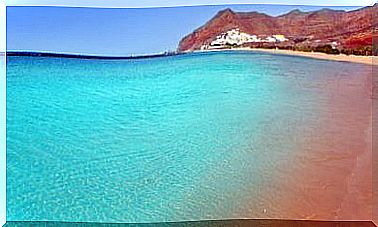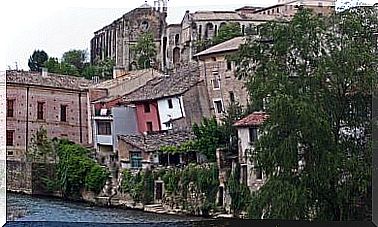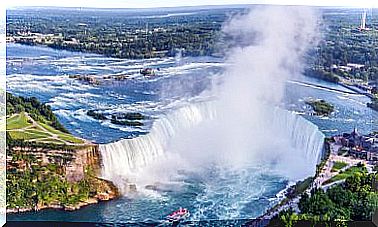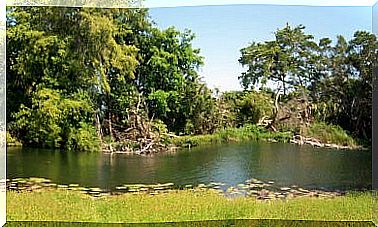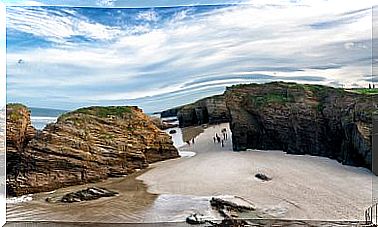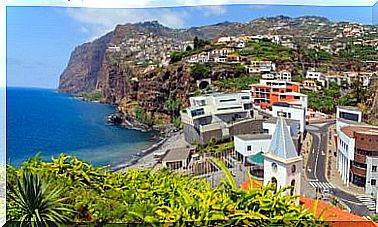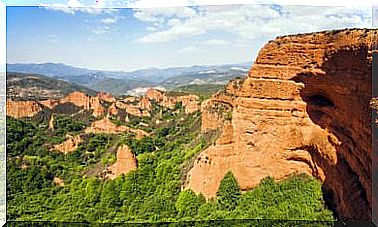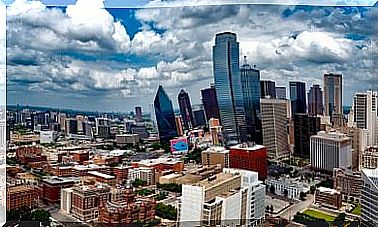Normandy, Meet A Historical Region Of France
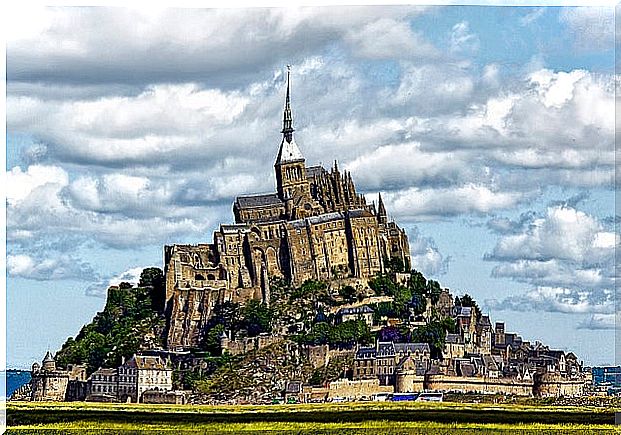
In the north of France, Normandy is a place steeped in history on the banks of the English Channel. Sure you relate it to the landing that changed the course of the Second World War, but the truth is that this region was important since ancient times. Today we walk through its most impressive corners. Do not miss it!
What places to visit in Normandy ?
The region is divided into two: Upper Normandy (made up of the departments of Eure and Seine-Maritime) and Lower Normandy (Manche, Calvados and Orne are its departments). Each department offers must-see attractions including cliffs, picturesque towns, museums, and scenic roads.
If you are thinking of organizing a tour of those places that you cannot miss in Normandy, here we offer you a list of the most beautiful towns and places:
1. Giverny
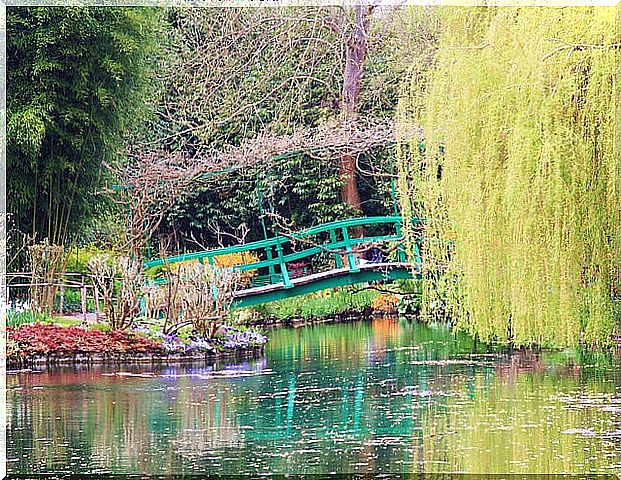
It is located just 80 kilometers from Paris and is the border between Normandy and the Ile de France. Here is the Monet Museum, which houses several works by this Impressionist artist, as well as the house and gardens where he lived much of his life. And it is that the painter assured that in this town the light was special.
In Giverny you can visit other interesting places, such as the 11th century Sainte Radegonde church ; the Museum of American Art and the Old Baudy Hotel, with its beautiful rose bushes.
2. Cliffs of Étretat
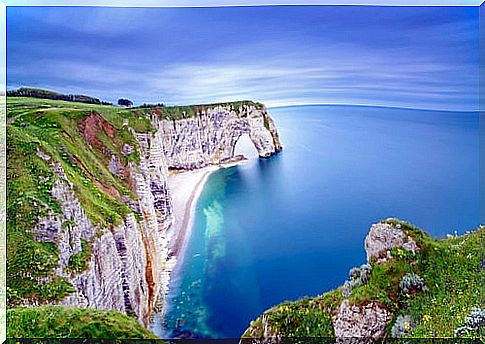
They are among the most beautiful and unique cliffs in the world. White cliffs found in the town of the same name, next to a beautiful beach chosen in the past by various artists. And it is that in the area, in addition to Monet, lived Boudin and Courbet among others.
After walking along a path, from the sand you can see the natural arch known as “the eye of the needle”. It is worth observing these cliffs at different times of the day and seeing how the light is reflected in different ways on their walls.
3. Courseulles-Sur-Mer
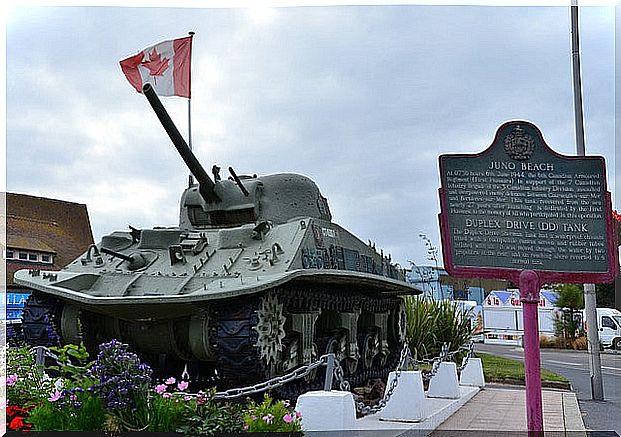
It belongs to the department of Calvados, in Lower Normandy, and the well-known landing took place on its beaches. There, on June 6, 1944, the boats from 6000 vessels arrived carrying soldiers from the United Kingdom, Canada and the United States.
The allied troops attacked 80 kilometers from the coast and thanks to this the war took a decisive turn in favor of the allies. Navigating the battlefields is like learning a history lesson live.
4. Rouen
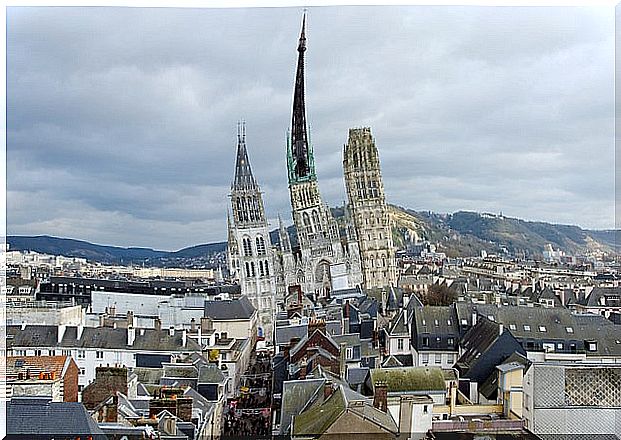
It is the capital of Normandy and is located in the Seine-Maritime department. It is known as “the city of 100 bell towers” (that is how the writer Victor Hugo baptized it) and it is crossed not only by the most important river in France, but also by three of its tributaries.
Among the must-see monuments of Rouen we highlight the Abbey of Saint Ouen, the Cathedral, the Palace of Justice, the Great Clock, the Old Market Square, the Tower of Joan of Arc and the Hotel de Bourgtheroulde.
5. Mont Saint-Michel
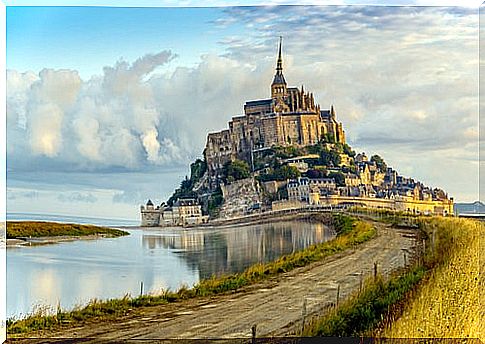
A place that will take your breath away, not only because of the experience but also because of the access to the mountain. One of the best known starting points is the village of Beauvoir (5 km), with its road surrounded by fields. The best way to get to know Saint Michel is to get lost in its streets and enjoy it with peace of mind.
Do not miss the abbey with its towers, from which to enjoy impressive views, and with its statue of the Archangel Saint Michael slaying a dragon.
6. Honfleur
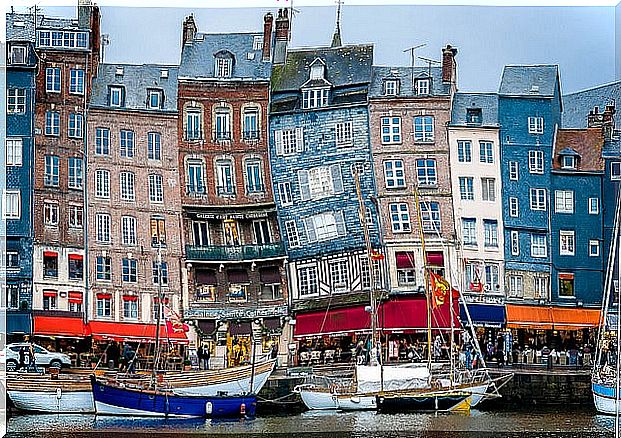
Due to its beauty it is always full of tourists, but that does not mean it loses its charm. Also with an artistic past thanks to Courbet and Monet, Honfleur can be covered in one day.
In addition to strolling through the seaport and getting lost in its streets, we recommend that you get to know its religious heritage, made up of the churches of Santa Catalina, San Esteban and San Leonardo and the Chapel of Gracia.
7. Le Havre
Located on the banks of the English Channel, it was destroyed during the Second World War and renovated until the mid-1960s. Its nickname is “Puerta Oceánica”, because it has a “gate” on its main avenue which leads to the sea.
Today we can visit the docks, used for concerts and exhibitions, the cathedral, the Montgeon Forest, the Rouelles Park, the Saint Roch neighborhood, the Museum of Fine Arts and the City Hall Theater.
